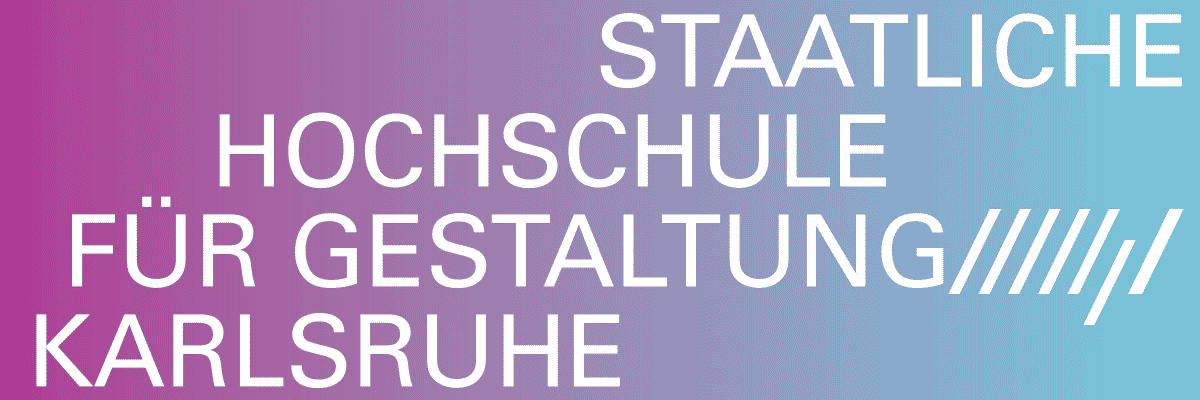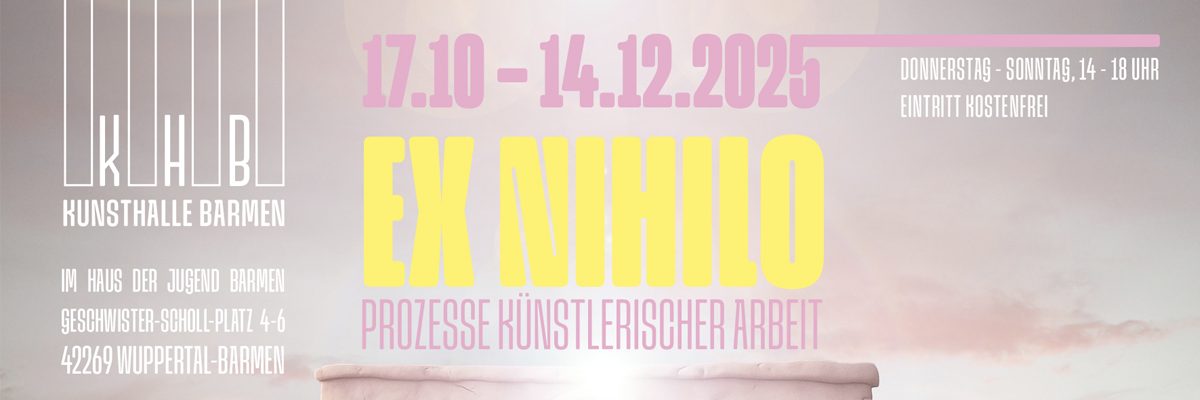
Groupshow
Preis des Kunstvereins Hannover
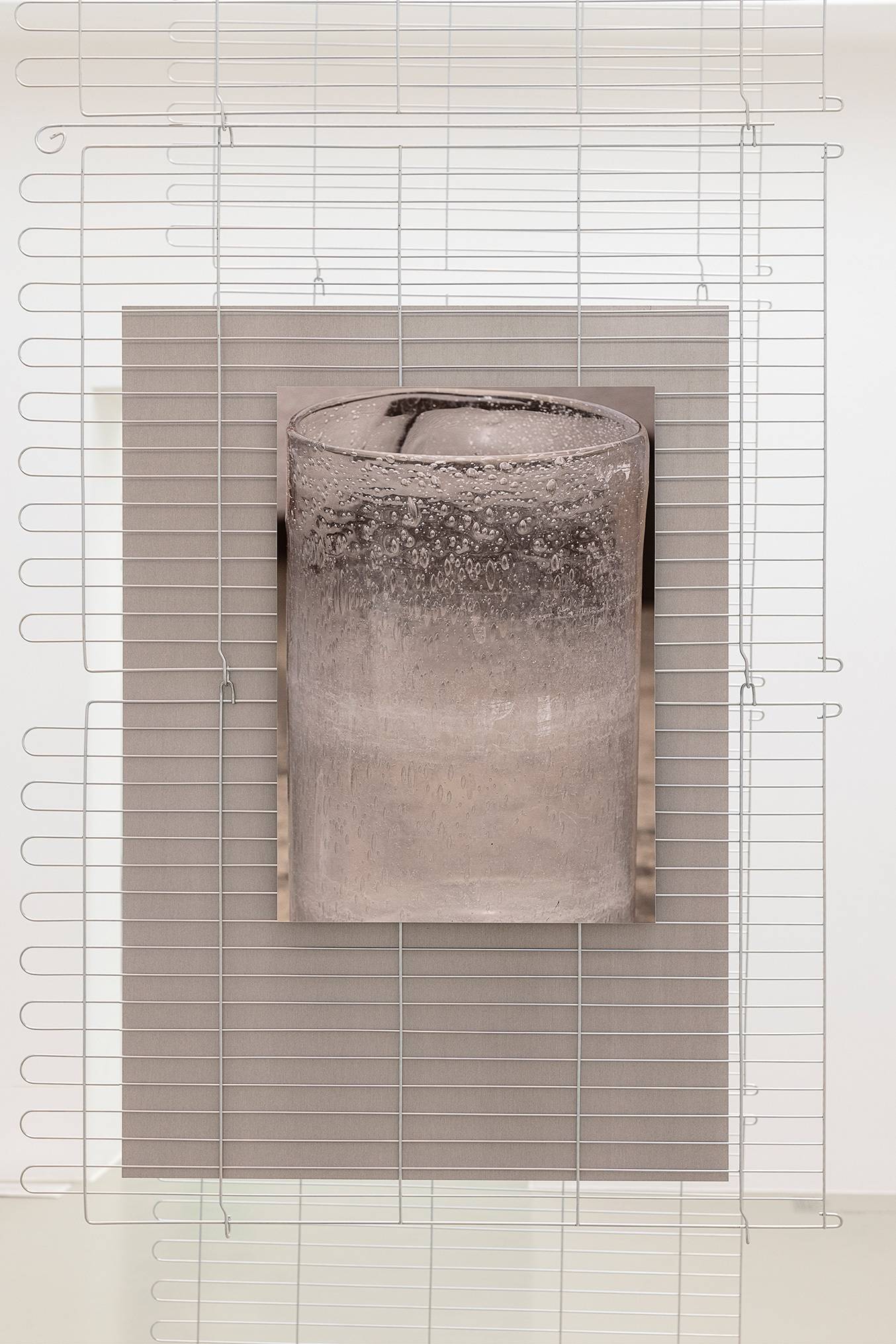
Luise Marchand
Advertisement
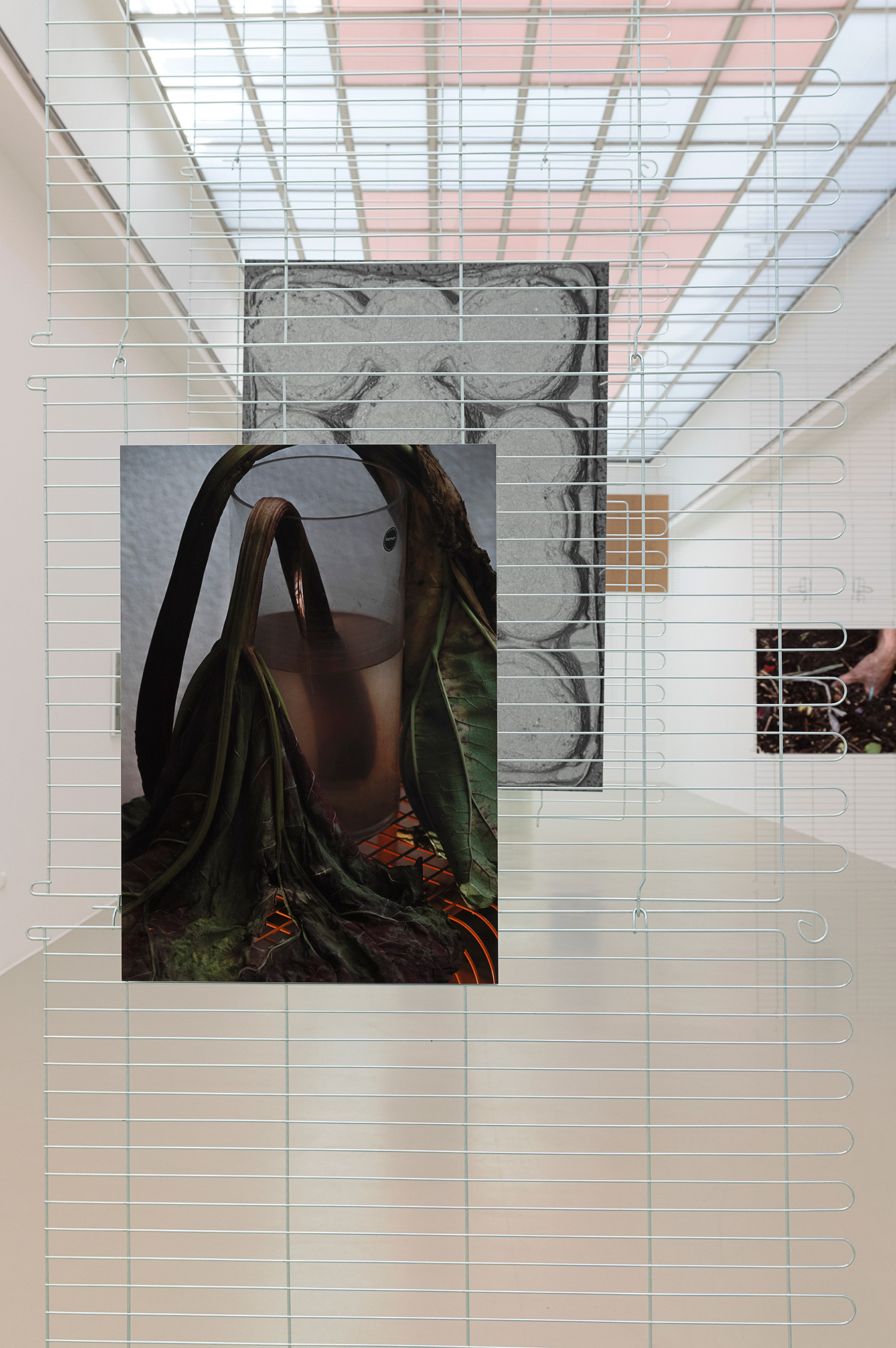
Luise Marchand
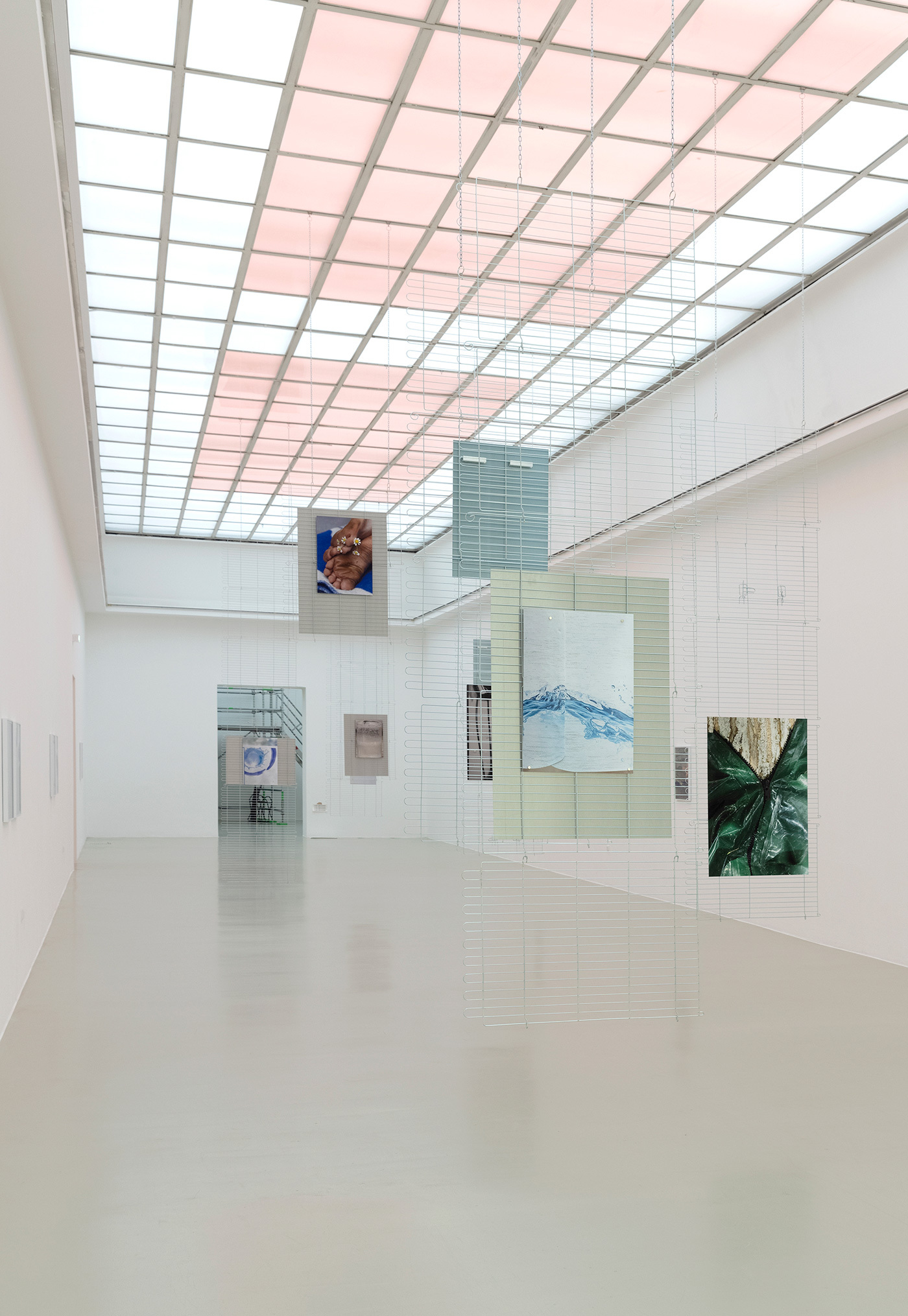
Luise Marchand
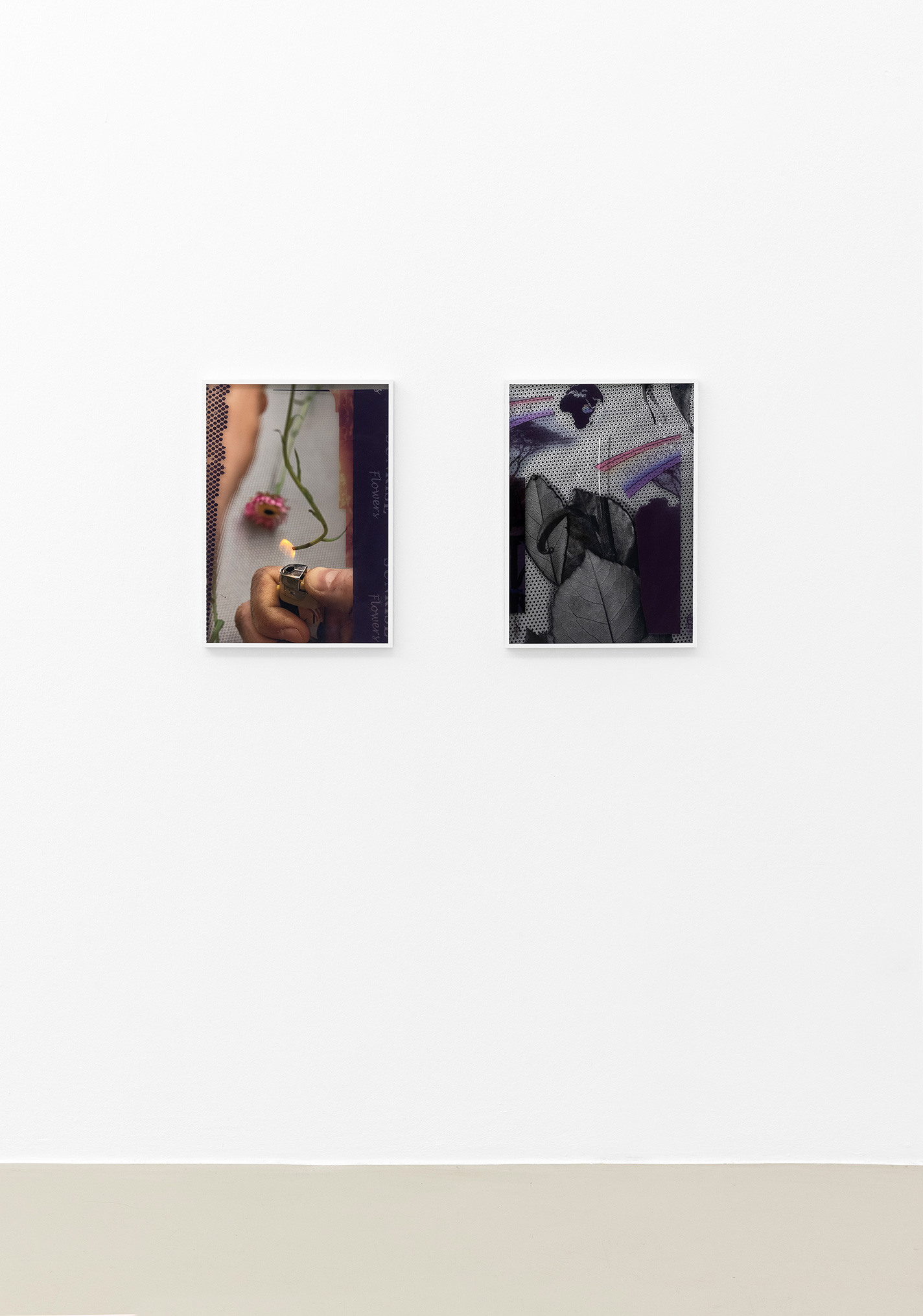
Luise Marchand
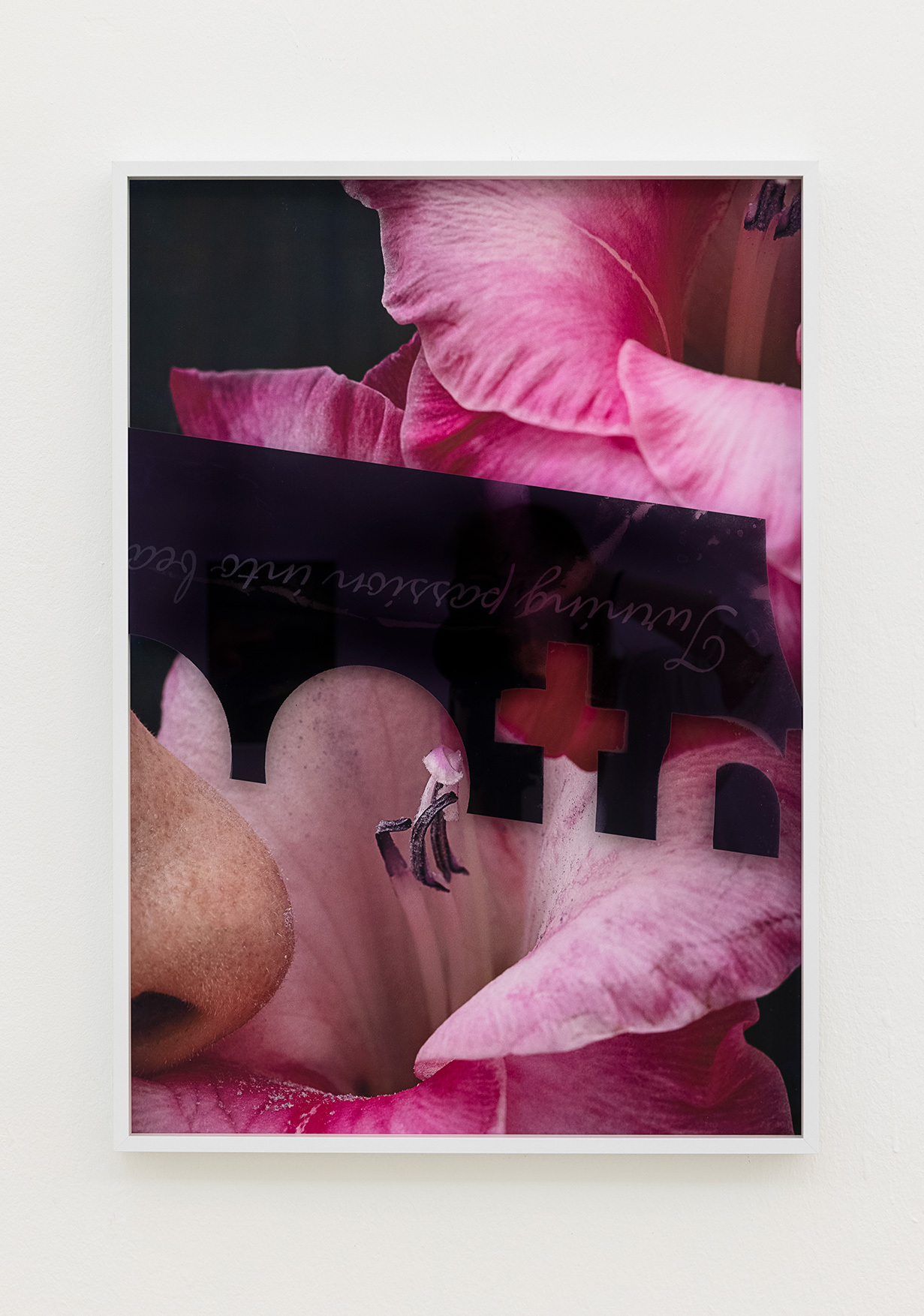
Luise Marchand
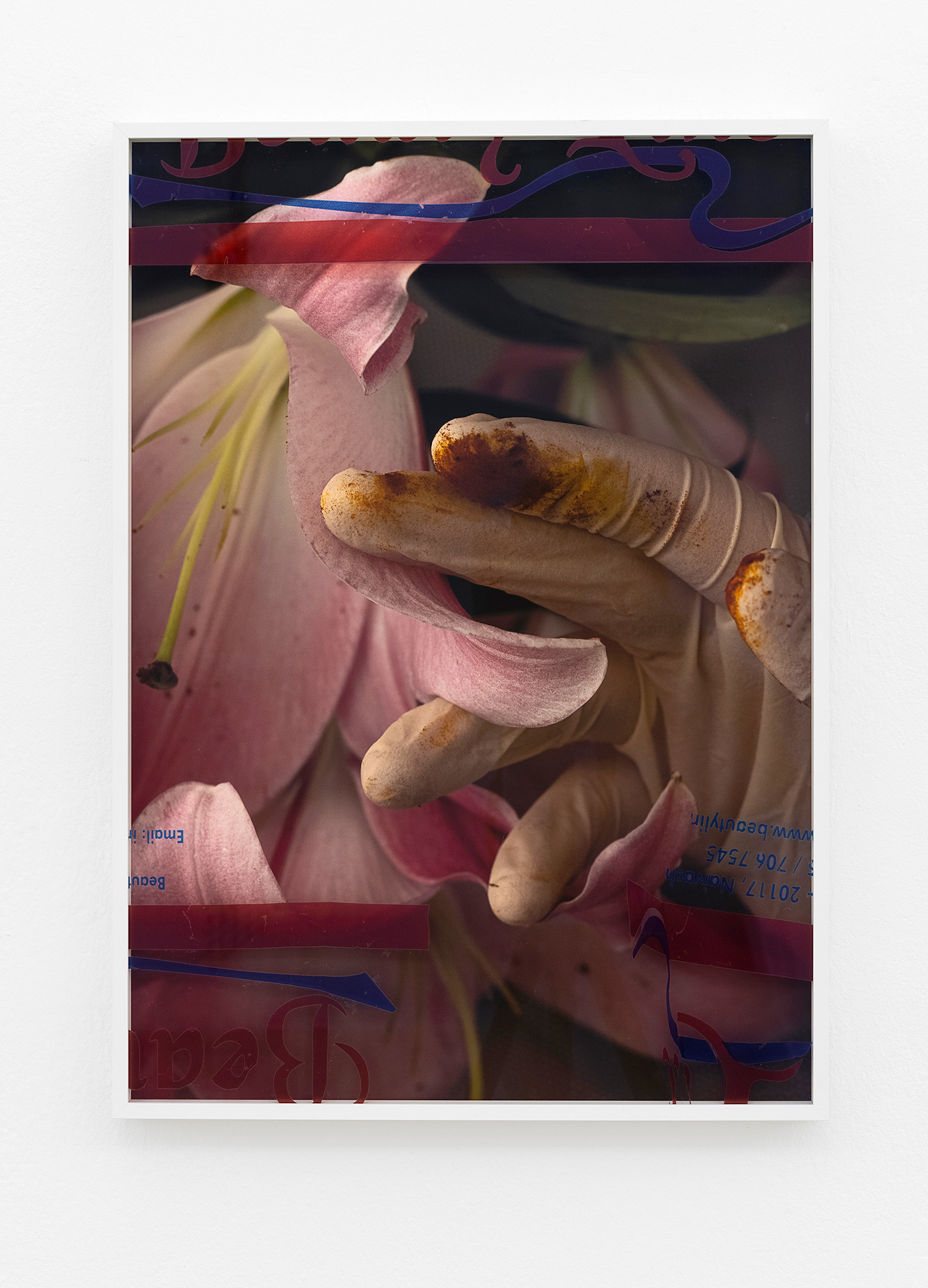
Luise Marchand
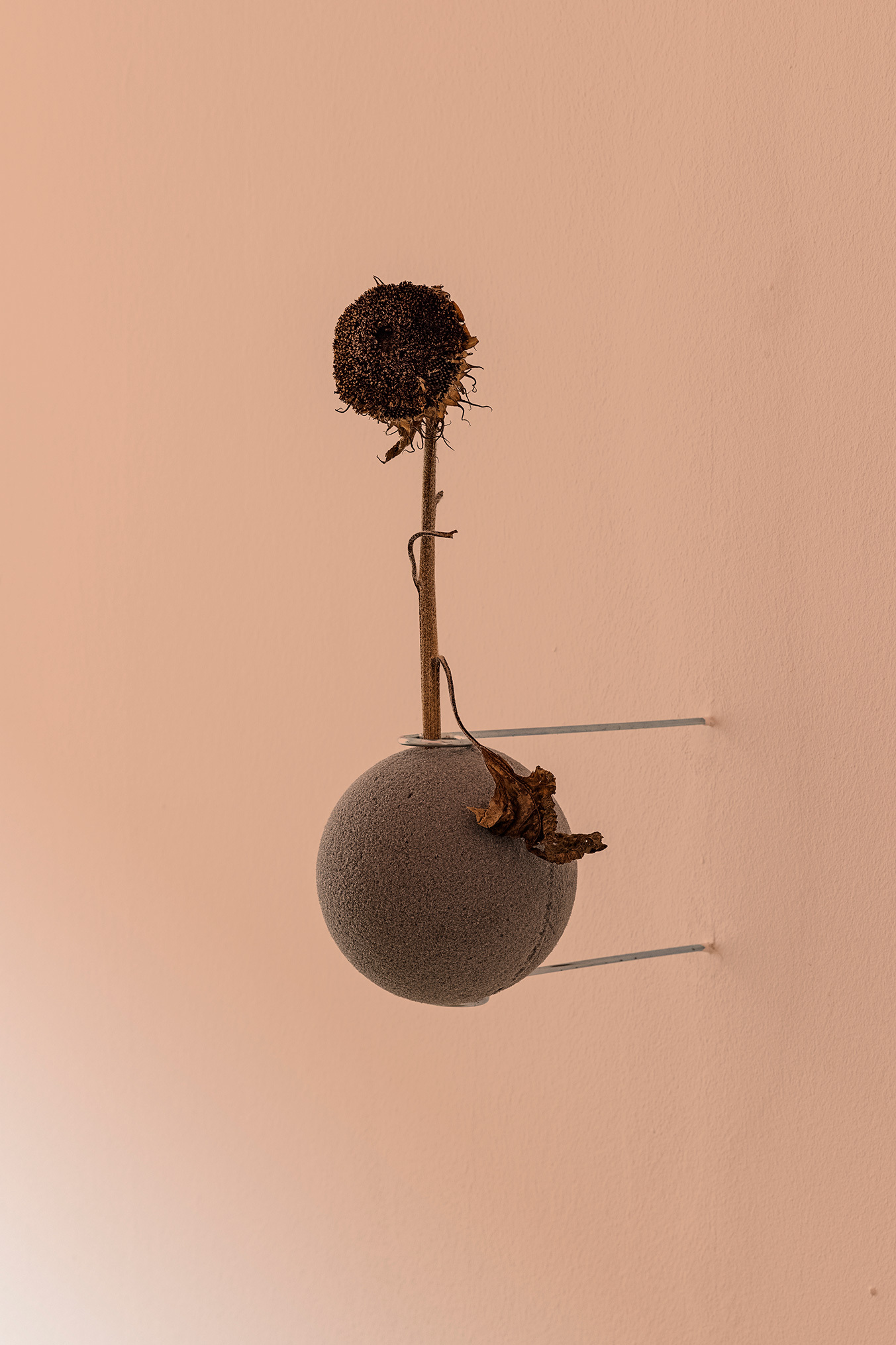
Luise Marchand
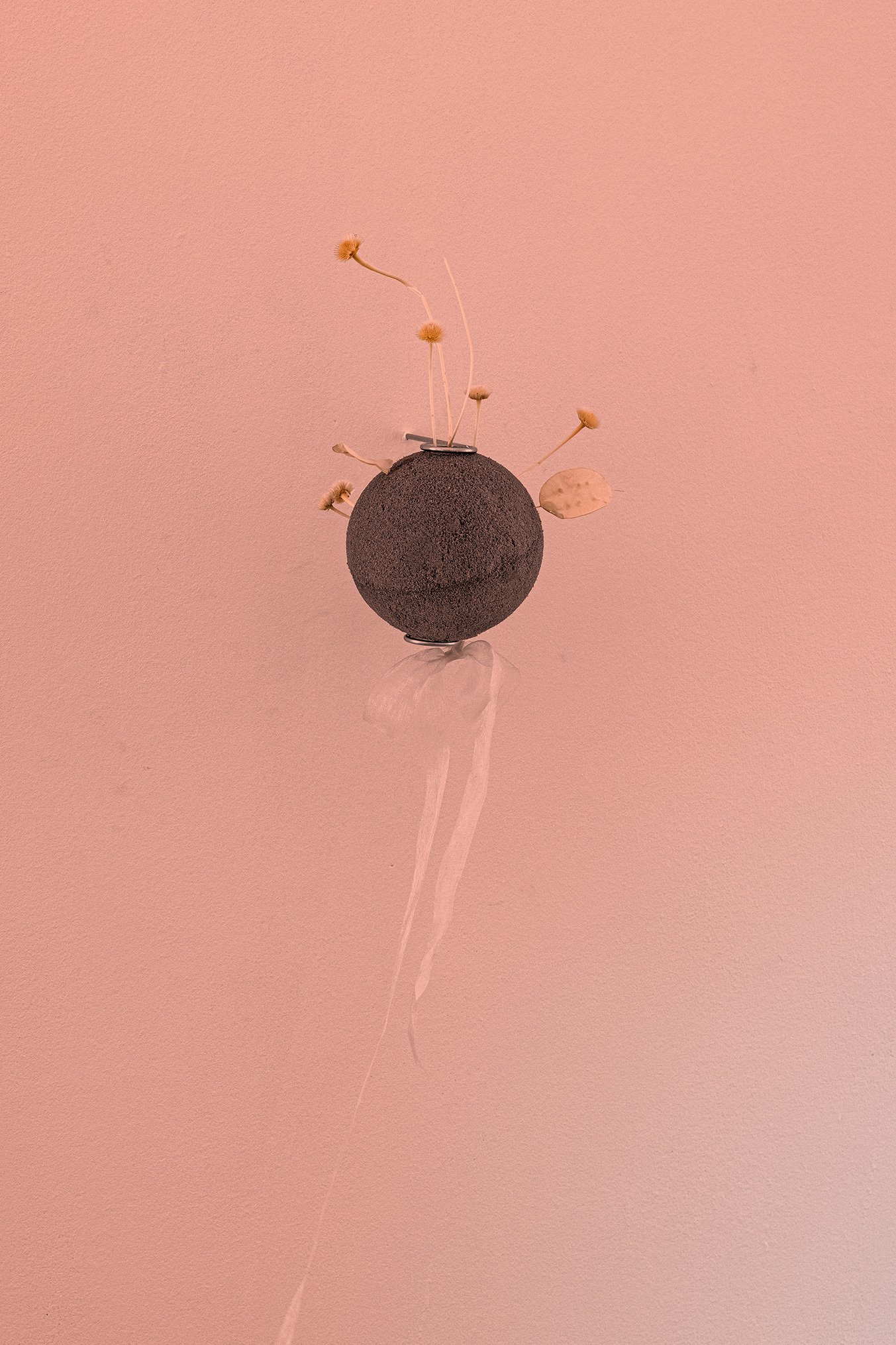
Luise Marchand
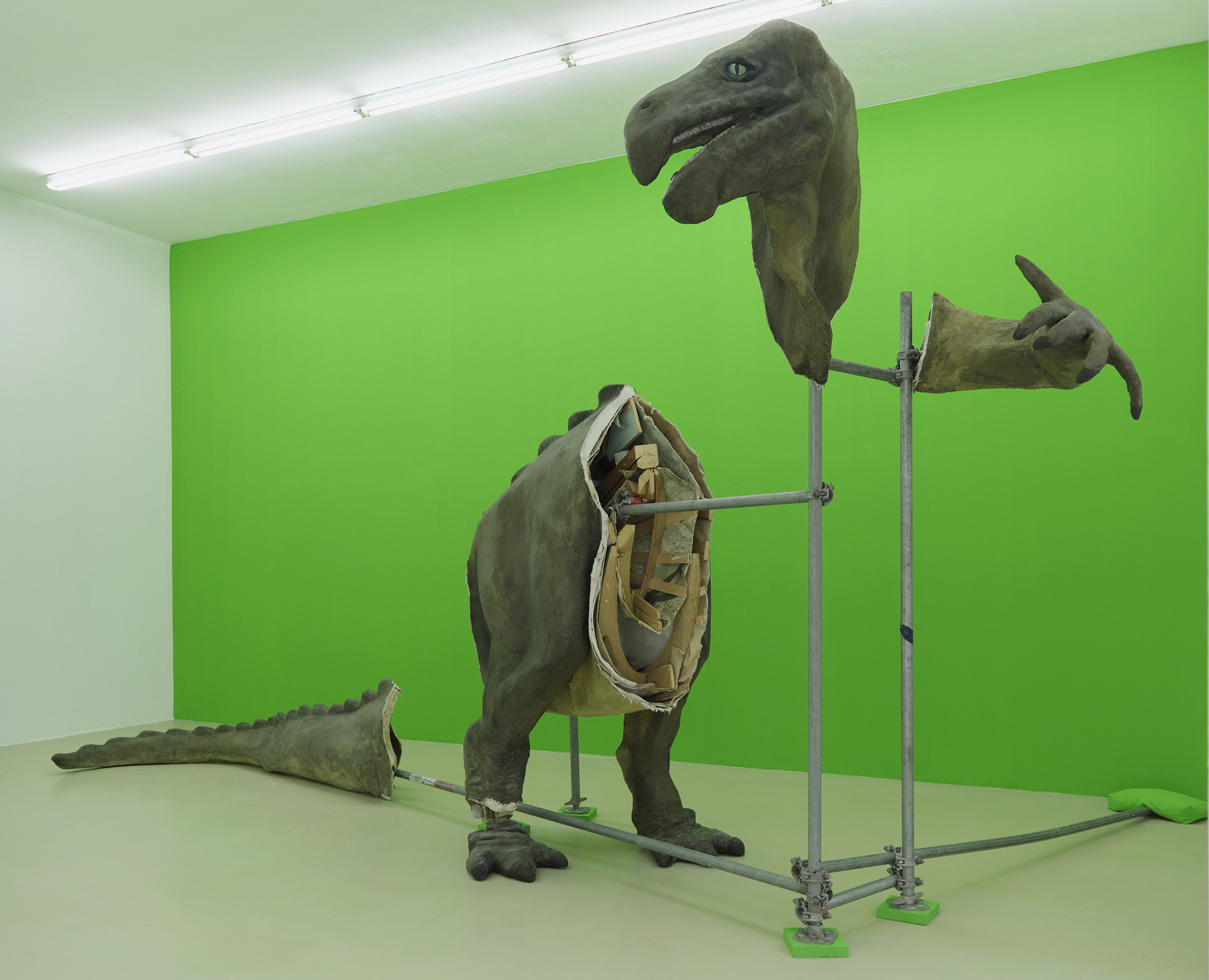
Till Wittwer
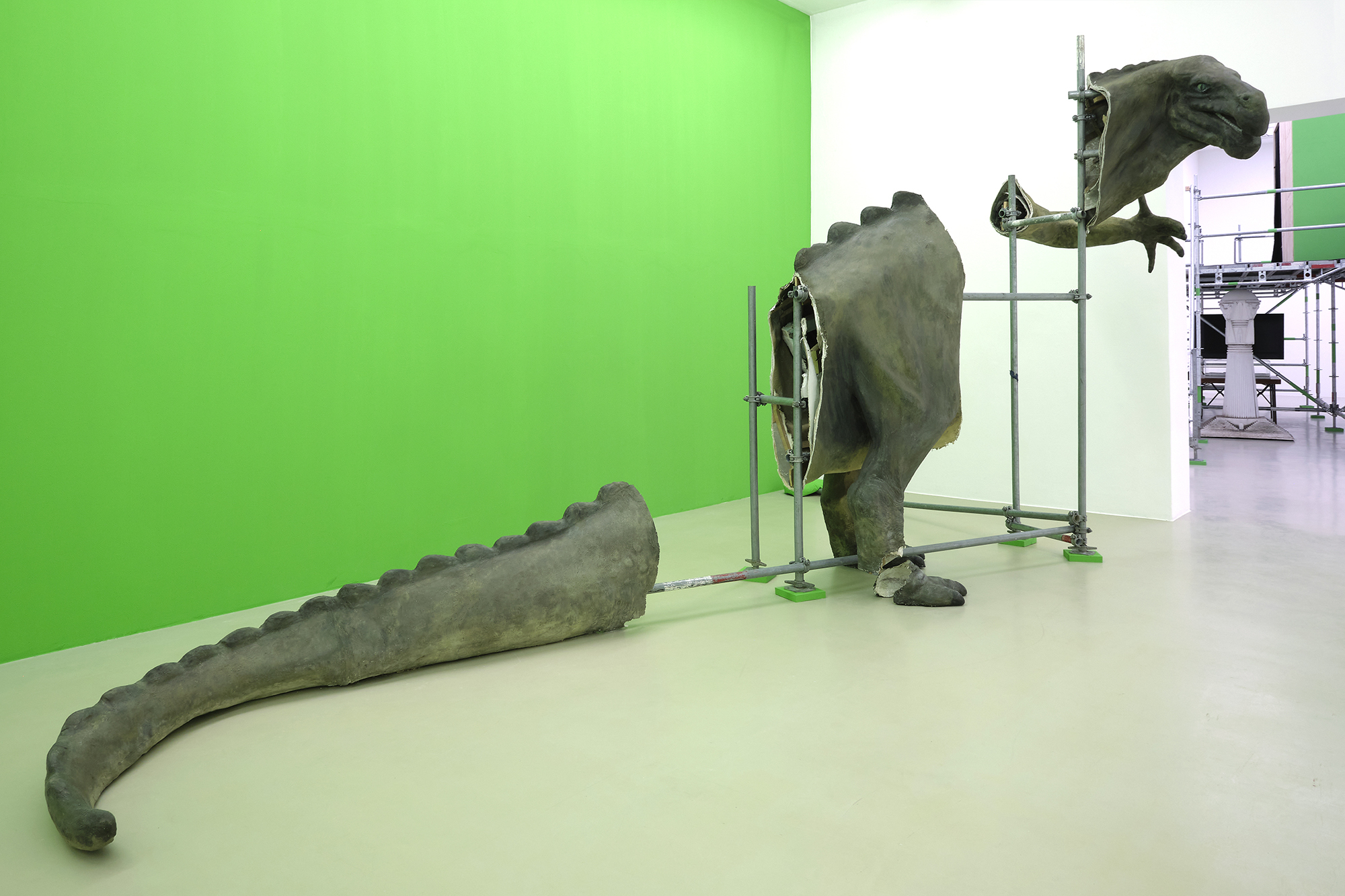
Till Wittwer
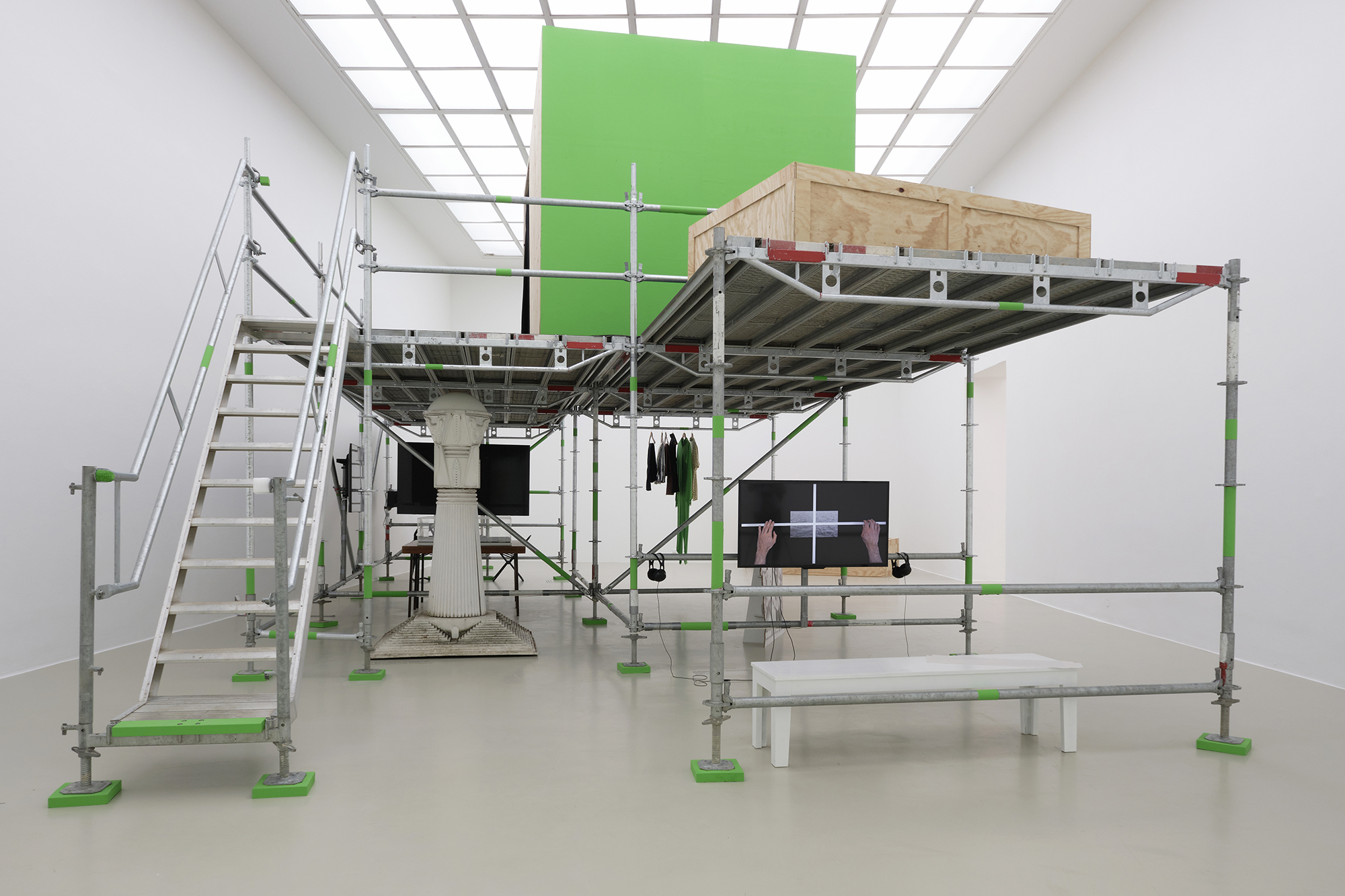
Till Wittwer
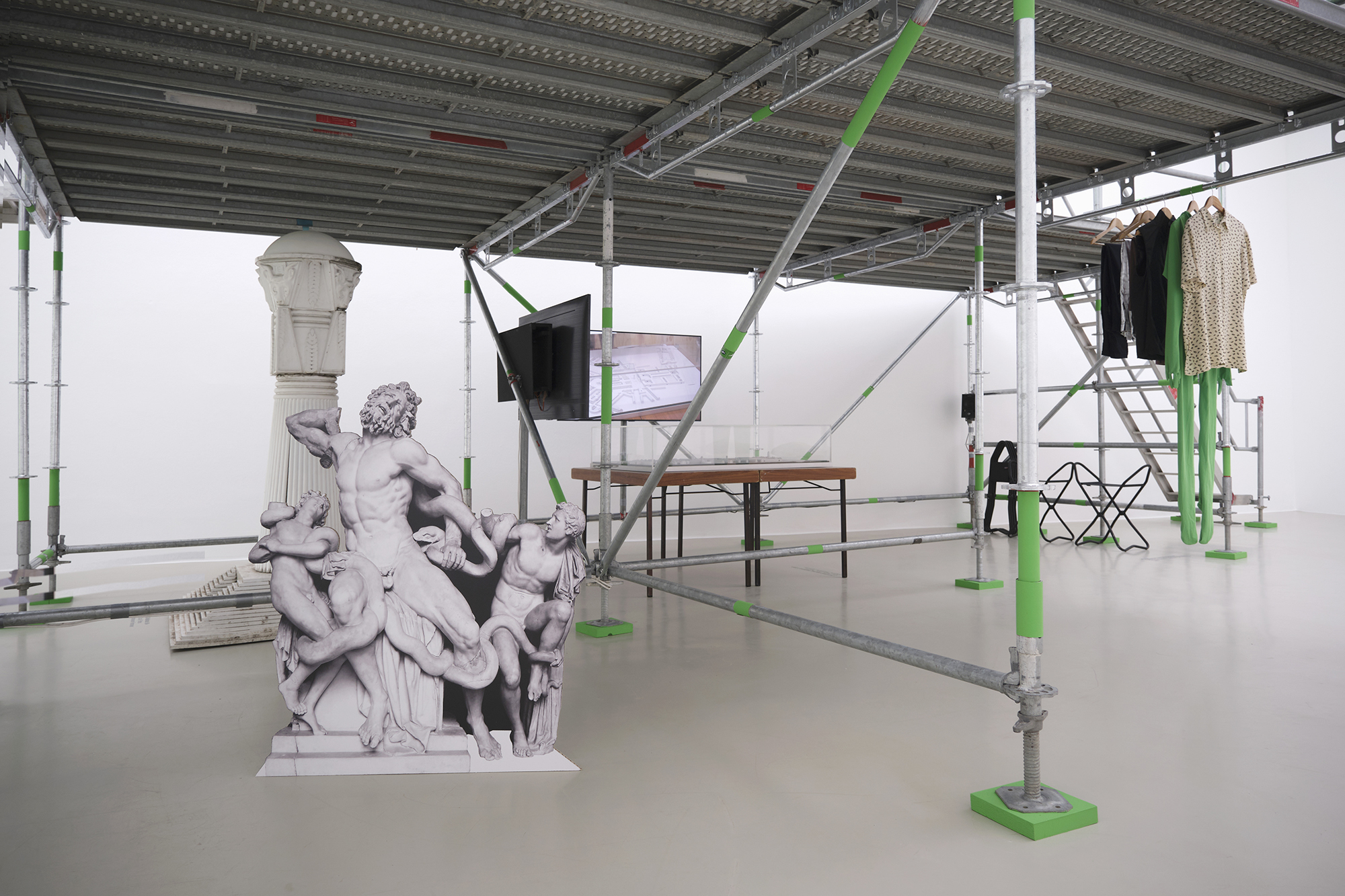
Till Wittwer
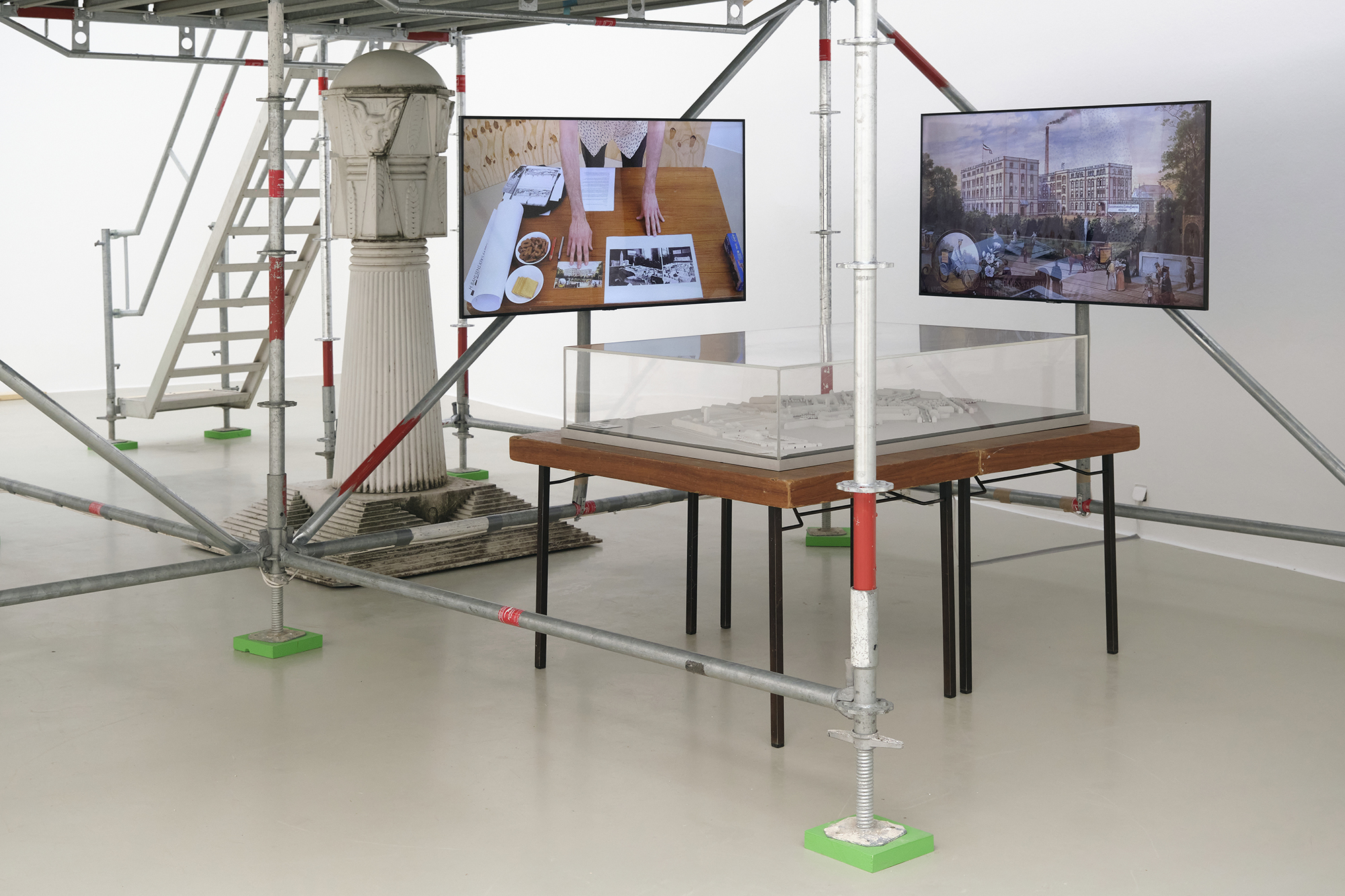
Till Wittwer
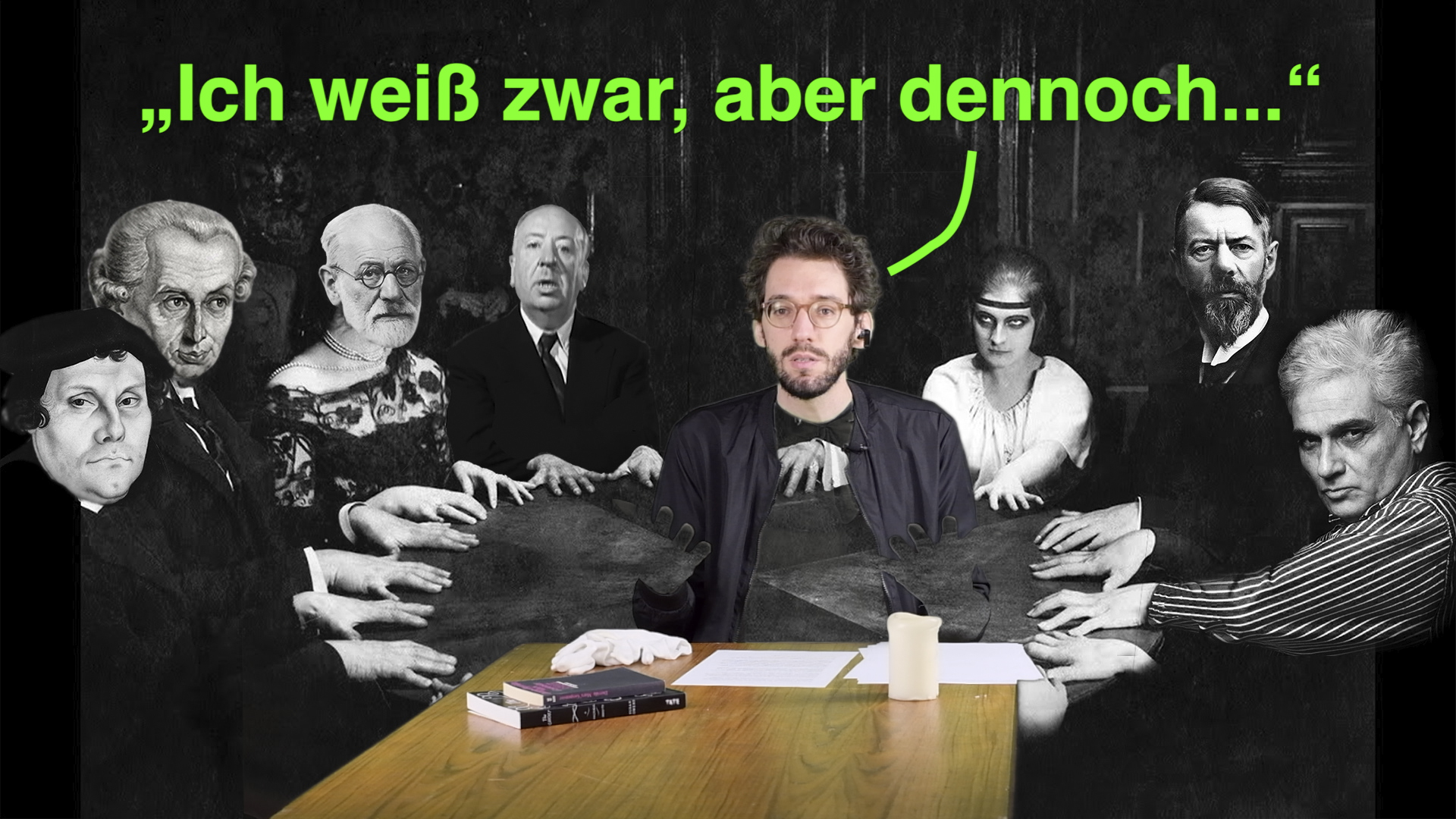
Till Wittwer
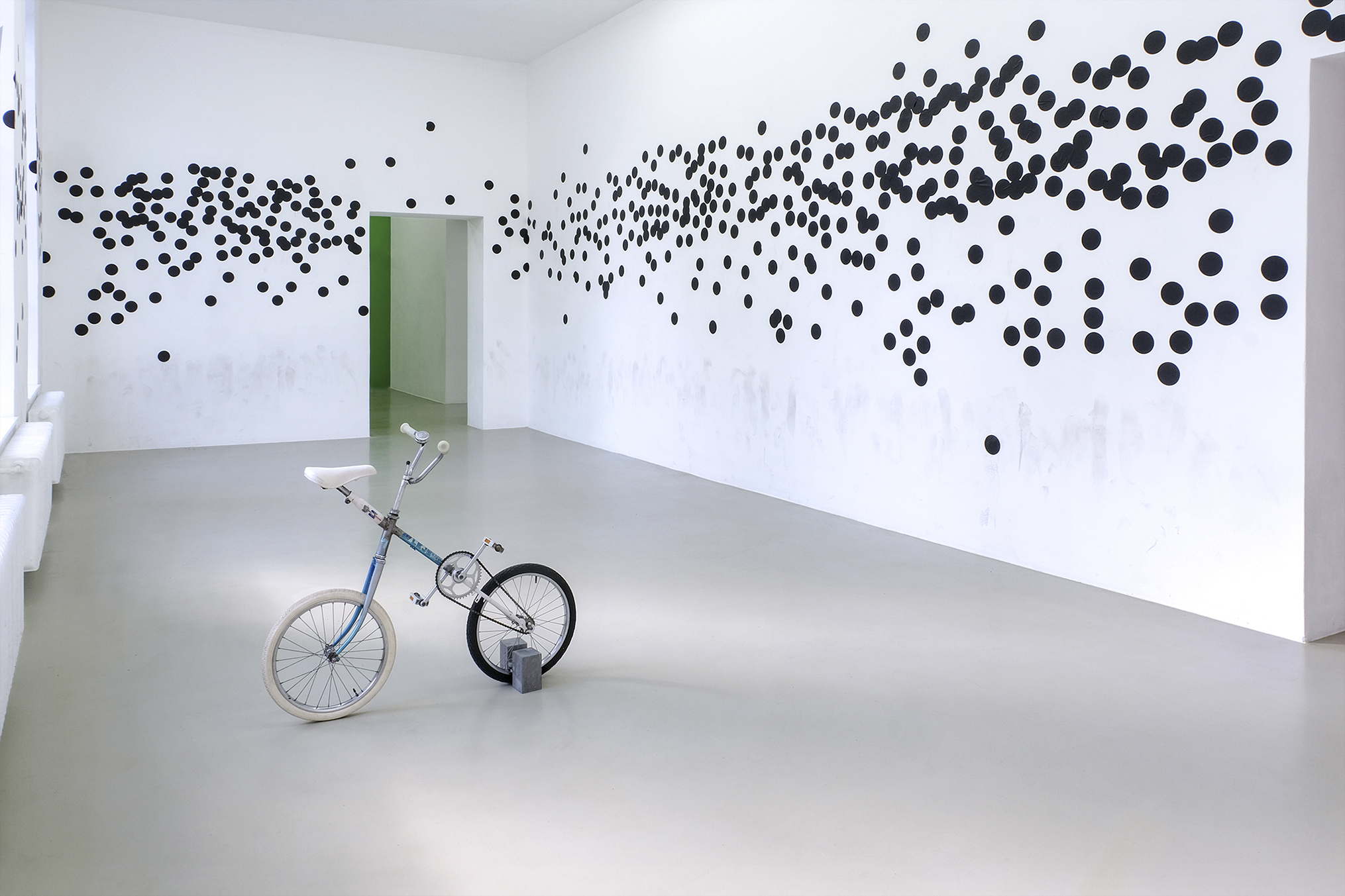
Sven-Julien Kanclerski
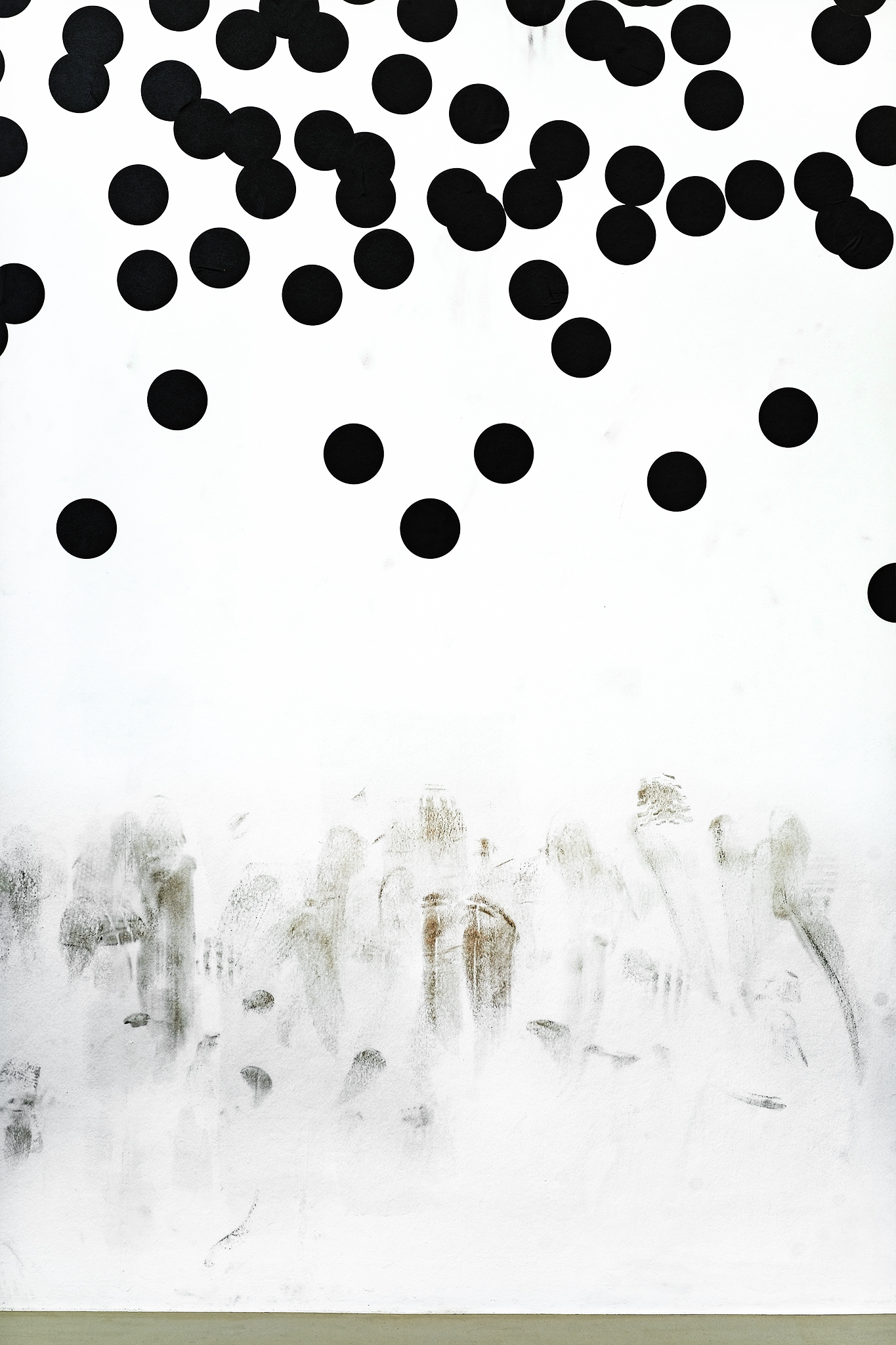
Sven-Julien Kanclerski
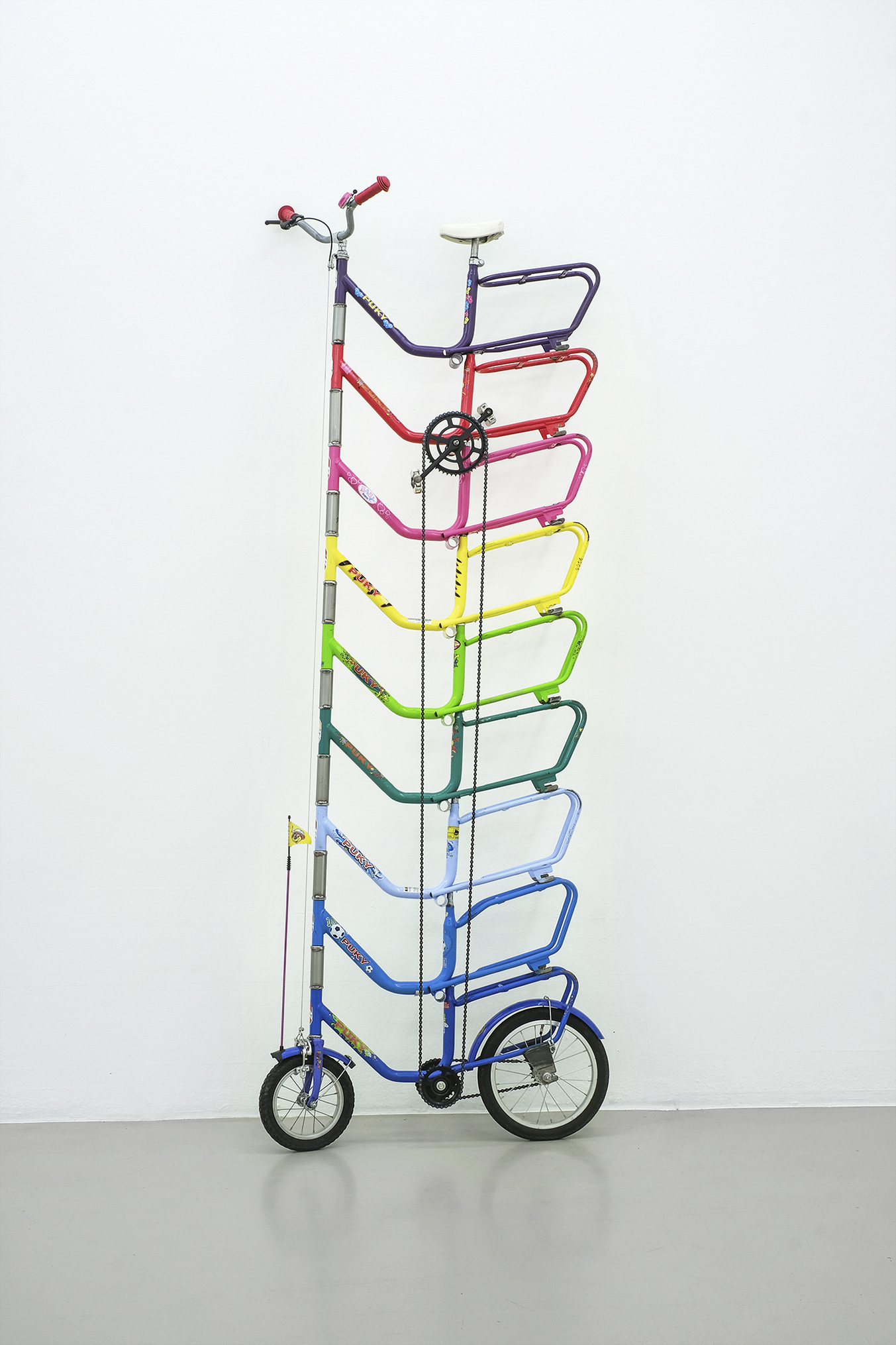
Sven-Julien Kanclerski
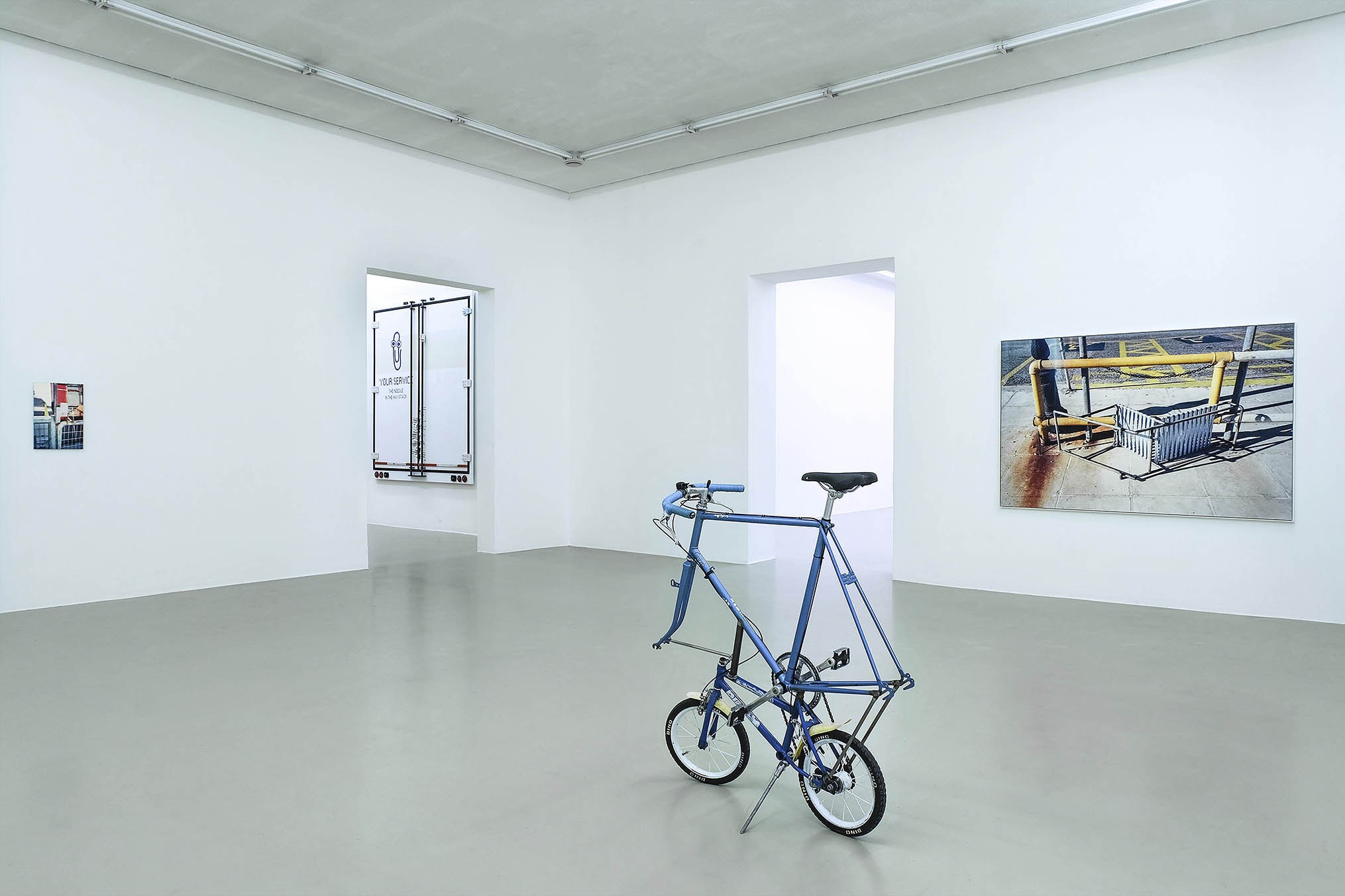
Sven-Julien Kanclerski

Sven-Julien Kanclerski
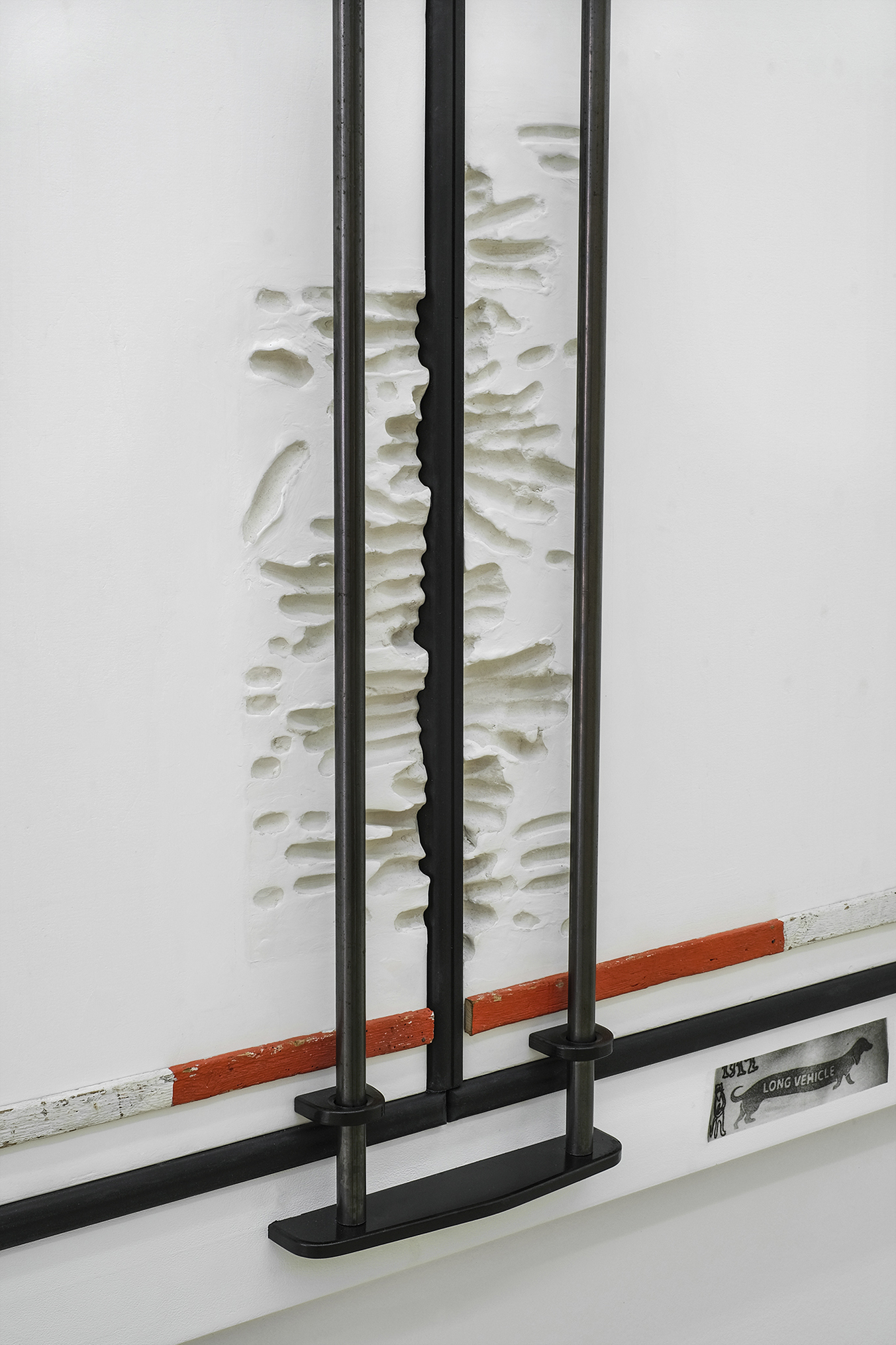
Sven-Julien Kanclerski
“Preis des Kunstvereins Hannover” - Sven-Julien Kanclerski, Luise Marchand, and Till Wittwer, as former winners of the "Atelierstipendium Villa Minimo," show in three parallel solo exhibitions new works, which they developed especially for the Kunstverein spaces.
Luise Marchand
The Kunstverein’s 35-meter-long skylight hall features parcours of new works by Marchand. Titled exclusively with cryptic acronyms, they are installed on cage element ensembles made of the commercially available, lightweight enclosures used in the domestication of small animals – creatures left to eke out a brief existence in the narrow, supposedly entertaining landscapes meant to amuse them. In his 1947 “Critique of Instrumental Reason,” German philosopher and sociologist Max Horkheimer writes extensively on the human compulsion to subjugate nature – animals in particular. When it comes to cut flowers and floristry, synthesizing has progressed further than we are likely to imagine. Marchand explicitly addressing the realities of floristry as necro-decoration. Wafting in the space is a synthetic (non-toxic) fragrance known as ‘Eternal Garden Rose.’ The ‘high-performance preparation’ is dripped onto specially cultivated flowers that, once cut, do not bloom for many years and retain their scent. In this case, they appear supported by the same specific kinds of structures used to create bouquets for christenings, weddings, birthdays, and deaths.
Sven-Julien Kanclerski
Sven-Julien Kanclerski’s practice explores the technical-infrastructural objects of our postmodern age. The artist is interested in giving the purpose-oriented design an ironic twist – not by presenting them as ready-mades, but with modifications, conversions, and a formal vocabulary drawn from the custom scene and various subcultures. Kanclerski’s “Stickerslap” (not “Slapstick”) operates as a metaphor for competitive realities. Caricaturing statistics, competitions, and individualism, it alludes to behavioral patterns, group dynamics, and, not least, physical practices including “parkour”. The bicycle sculptures bearing the title “RAT-Bikes” that defy the real work of pedaling with welding work. Yet unlike the work of some other artists who use bicycle parts, Kanclerski’s models actually appear useable at first glance – until their contradictions, doublings, and other manipulations reduce the practical transportation mode to an absurdity. The work “Your Service” features slogan-printed truck side panels, made of mixed material. On the opposite wall is the quotation attached to a facade, together they form the tension between service and creativity of artistic labor.
Till Wittwer
Till Wittwer’s work deals with the processes of constructing reality through narratives. The artist describes his approach as creating “research-based narratives,” which fuse academic research and artistic speculation. One room of the exhibition is dedicated to the life-size model of an Iguanodon dinosaur built in 1961, which was on display at Hanover’s natural history museum for many decades before it vanished practically overnight. A greenscreen serves as a backdrop for the artist’s partial reconstruction of the prehistoric animal. The exhibition further features various episodes of Wittwer’s ongoing series “Fabrikanten der Wirklichkeit/Fabricating Reality,” which he presents via video installations, physical artifacts, and three live lecture performances for which the installation display is repurposed as a stage. Amongst others, the series’ episodes deal with the cookie-manufacturer Hermann Bahlsen’s phantasy of metaphysical urban development, the contemporary use of ghosts, Margaret Thatcher’s resolute disinterest in Leibniz, and the special effect as the center of today’s perception of reality.

